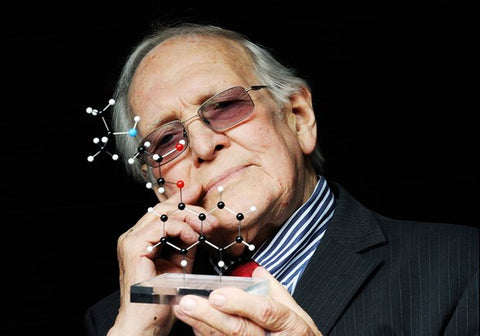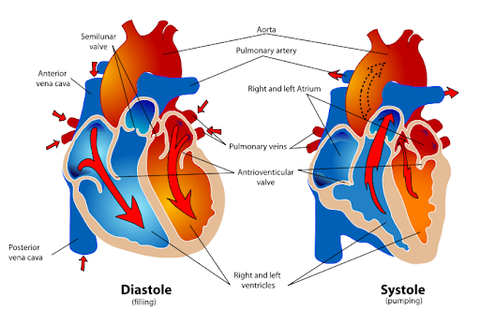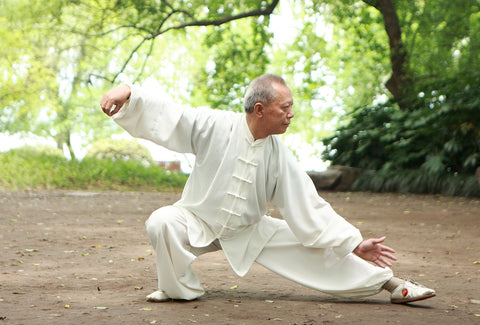
Systolic pressure is defined by the pressure produced when the heart contracts and pumps blood from the heart to the blood vessels. While diastolic pressure refers to the pressure that enables the blood to keep on the blood vessels when the heart relaxes. When the blood vessels are slightly blocked, and the blood pressure is climbing, people may suffer from an early stage of hypertension. With the blood vessels becoming severed blocked, it indicates the happening of high blood pressure.
The disease is extremely harmful to the body and is the main cause of stroke, heart disease, heart and kidney failure and blindness.
Guidelines published by medical institutions, covering the American College of Cardiology and American Heart Association, previously had been in place. In addition to the new measurements and medication recommendations, the obvious change is to lower the entry criteria and highlight lifestyle intervention at an early stage.
The new definition of hypertension is:
- Blood pressure 120-129/<80 mmHg means elevated blood pressure
- 130-139/80-89 mmHg is stage 1 hypertension
- ≥ 140/90 mmHg is stage 2 hypertension
However, the new guidelines emphasize that the diagnosis of hypertension does not mean that people must take medicine (only 2% of the new people need it), but that the risk can be reduced through lifestyle interventions.
The conclusions of the SPRINT research play an essential part in the release of the guidelines. As such, what is SPRINT? Should hypertension guidelines be influenced by the latest research? To address these issues, we might as well take a look at how humans recognize the relationship between blood pressure and health as well as how blood pressure standards are revised step by step.
The year of 1986 saw the first "modern" sphygmomanometer was invented by the Italian inventor Scipione Riva-Rocci.
In the 1960s, Sir James Whyte Black, a Scottish pharmacologist, invented the beta-blocker used to treat heart disease and high blood pressure. Due to his great invention, he won the Nobel Prize in Medicine in 1988.
The Framingham follow-up study, which originated in 1949, has been extended to the third generation, one of the classic scientific researches to understand the risk factors of cardiovascular disease.
It was not until 1977 that the National Heart, Lung and Blood Institute under the National Institute of Health allowed a Joint National Committee (JNC) to research on prevention, testing, evaluation, and treatment of hypertension.
Hence, it can be noted that blood pressure "officially" was considered as a clinical vital sign in the United States originated in the JNC report in 1977.
There were fewer than 30 drugs that could be used for the treatment of hypertension but boasted serious side effects, as per the first edition of the JNC report in 1977. However, more than 100 drugs are available according to the seventh edition of the JNC report in 2003.
The standard setting for systolic blood pressure has undergone changes as well:
The talent in the medical sector had long believed that the normal systolic blood pressure should be 100 plus people's age. As such, diastolic blood pressure has always been the main criterion for check whether it is high blood pressure;
A study conducted in 1967 confirmed the benefits of lowering blood pressure, that is, a decrease in the incidence of heart diseases and stroke. But the criteria of systolic blood pressure was released in 1991.
Probably influenced by the controversy and confusion of different standards, the American Heart, Lung and Blood Institute launched the SPRINT (Systolic Blood Pressure Intervention Trial) program in 2010. Attended by over 9,300 people with more than 50 years old, the study was committed to grasping the understanding of the possible impact that lowers the systolic blood pressure standard to 120 mmHg. 
The researchers are divided into two groups. One group controlled the blood pressure below 140 mmHg while the other group controlled the blood pressure below 120mmHg. As a result, in less than 6 years, the effect of "lowering the standard" is already obvious. Compared with the 140 mmHg group, the risk brought by hypertension in the 120 mmHg group was reduced by roughly 30%, and the risk of death was decreased by 25%.
According to scientific researches, although high blood pressure is related to heredity, age, and diseases (kidney disease, hyperthyroidism, frequent insomnia, etc.), 90% of high blood pressure is attributed to unhealthy lifestyles, including:
- Smoking
- Overweight or obesity
- Eat too much salt in diet
- Lack of exercise
- Alcoholism
- Too much pressure
The American Medical Society for Sports Medicine's recommendations for exercise are as follows:
- 30 minutes of moderate-intensity exercise every day, at least 5 times a week ;
- High-intensity exercise for 20 minutes each time, 3 times a week (alternatively);
- Strength exercises for 2 times, including systemic 8-10 different exercises large muscle groups, doing each exercise 8-12 times.

From the long process of the identification of blood pressure as an important clinical index and the formulation of related standards, it can be seen that the identification of an index requires continuous research and improvement.
As long as the study itself is reasonably designed and the sample size is representative, the results should be applied to the clinic in time, which can be evidenced by the cased mentioned above.
Note: All information on Sinocare blog articles is for educational purposes only. For specific medical advice, diagnoses, and treatment, consult your doctor.
← Older Post Newer Post →
